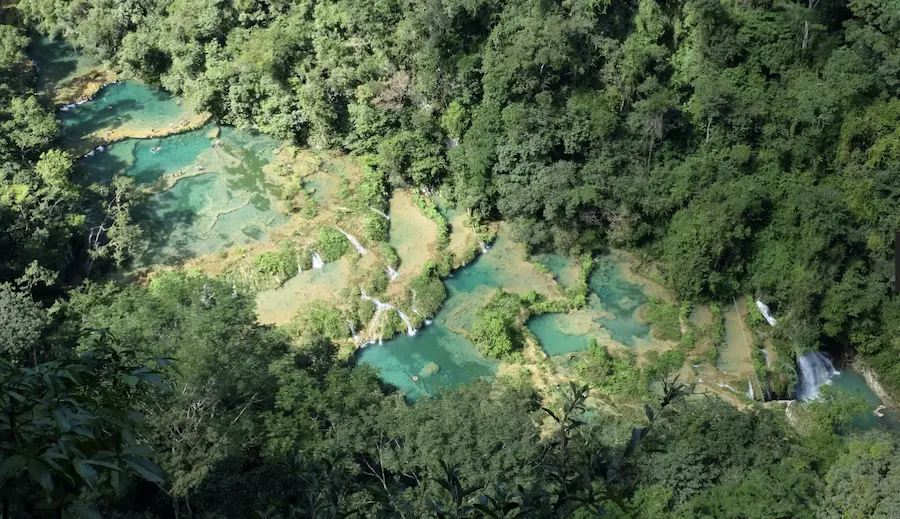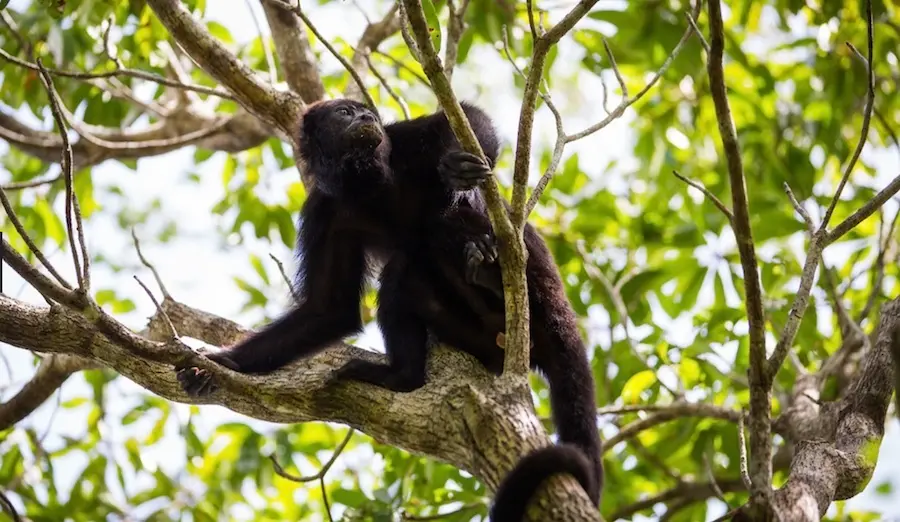
Blog
Preserving the Biological Corridor in Guatemala
Your money this month will go towards protecting forests in Guatemala from deforestation. This project is set to protect and restore 54,157 hectares of land, which make up part of the Mesoamerican Biological Corridor. By preserving these forests, the project helps to reduce CO2 emissions while also addressing the drivers of deforestation through education, economic opportunities and sustainable agroforestry initiatives.
This REDD+ avoided unplanned deforestation project, based in the Department of Izabal in the Caribbean coastal region of Guatemala, sets out to protect and restore 54,157 hectares of land, which make up part of the Mesoamerican Biological Corridor.
This project seeks to address the issue of deforestation in Guatemala on a local level. This initiative will have a positive climate, community and biodiversity impacts in the project zone. The project reduces CO2 emissions by preventing deforestation caused by the conversion of forests into cropland. The project prevents deforestation by addressing the drivers of deforestation in the project area through effective law enforcement, land-use planning, education, economic opportunities, and sustainable agroforestry initiative.
Since the project’s inception, local communities have been actively participating in the project’s formulation and implementation. The early involvement of participating communities has created awareness among community members and readiness for project implementation.
This project is monitored and certified by Verified Carbon Standard.
The Mesoamerican Biological Corridor
This biological corridor is a region that consists of Belize, Guatemala, El Salvador, Honduras, Nicaragua, Costa Rica, Panama, and some southern states of Mexico. The area acts as a natural land bridge from South America to North America, which is important for species who use the bridge in migration. Due to the extensive unique habitat types, Mesoamerica contains somewhere between 7 and 10% of the world’s known species.
The corridor is home to multiple diverse biomes and is bordered by the Caribbean Sea to the east and the Pacific Ocean on the west. These environmental forces create four terrestrial biomes and 19 terrestrial ecoregions. These biomes are a crucial player in our planet’s ecosystems and the degradation of this hub of biodiversity will have catastrophic impacts across the world.
Photos from the project

Forest Protection
For each acre of forest protected, the threat of deforestation and degradation is removed. By protecting an additional 687 million acres of forest, this solution could avoid carbon dioxide emissions totalling 6.2 gigatons by 2050. Perhaps more importantly, this solution could bring the total protected forest area to almost 2.3 billion acres, securing an estimated protected stock of 245 gigatons of carbon, roughly equivalent to over 895 gigatons of carbon dioxide if released into the atmosphere. Financials are not projected, as they are not incurred at the landholder level.
We will continue to support this project and others closer to home. Thanks again for supporting Oomph Made.